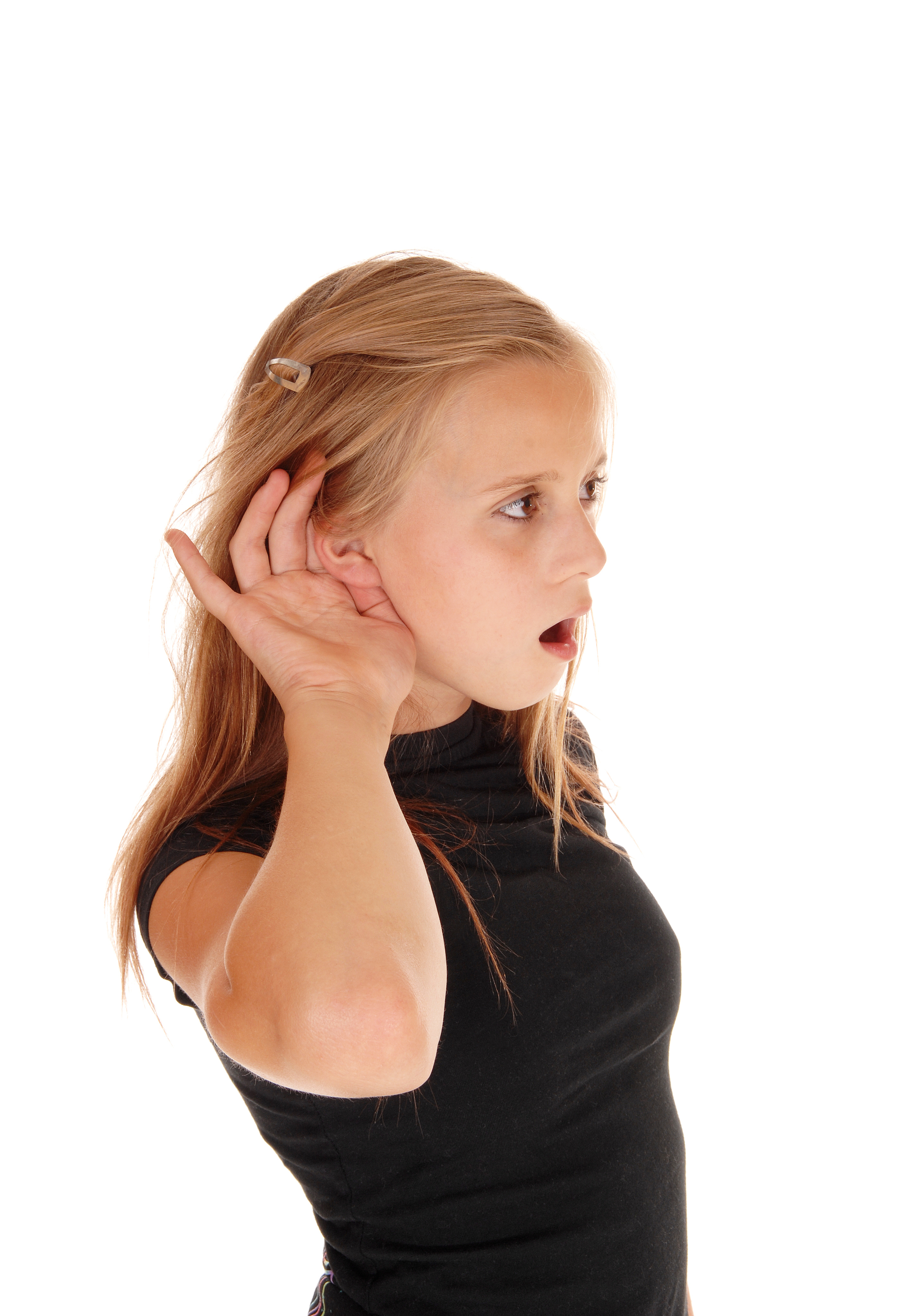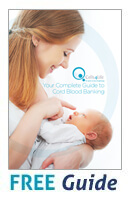Hearing loss and Stem Cells
Acquired sensorineural hearing loss is a loss in hearing after birth. The condition has a variety of causes including aging, noise, tumors, or medicines. Viral infections such as measles, mumps and meningitis can also cause hearing loss, as can trauma to the head or inner ear.[1] Damage to the auditory nerve or to the sensitive hair cells inside the inner ear is the ultimate cause.[2]
Unfortunately, acquired sensorineural hearing loss is permanent and hearing cannot be regained; however, at present hearing aids may help those affected. In severe cases, a cochlear implant can be of benefit.[1]
Hearing Loss Facts
- 2-3 out of every 1,000 children in the United States are born with detectable hearing loss in one or both ears[3]
- 98% of babies in the United States are now screened for hearing loss each year[4]
- 37.5 million adult Americans (about 15%) report some trouble hearing[3]
- Age is the strongest predictor of hearing loss, with nearly two thirds (65.3%, or 21.5 million) of people aged 71 or older having hearing loss in the United States[4]
- The rate of adults who have disabling hearing loss goes from 5% at age 45-54 to 10% at age 55-64, 22% at age 65-74 and 55% at age 75 and older[3]
- Hearing loss is the third most common chronic physical condition in the United States, twice as common as cancer or diabetes[4]
Acquired Sensorineural Hearing Loss and Stem Cells
Unfortunately there is no treatment currently available which can repair or reverse acquired hearing loss. However, recent trials using human umbilical cord blood in animal models have shown regrowth of hair cells and some recovery of the auditory brainstem response. These trials with animal models have now developed into a human trial. The trial aims to determine safety, efficacy, and if an infusion of the child’s own cord blood stem cells can improve their hearing, inner ear function, and language development.[5]
There are currently 11 clinical trials investigating the application of stem cells in hearing loss.[6]
References
- http://www.healthyhearing.com/report/50276-Common-causes-of-sensorineural-hearing-loss
- https://www.nhs.uk/conditions/hearing-loss/
- https://www.nidcd.nih.gov/health/statistics/quick-statistics-hearing
- https://www.hearingloss.org/understanding-hearing-loss/hearing-loss-101/hearing-loss-by-the-numbers/
- https://clinicaltrials.gov/ct2/results?term=stem+cells+acquired+sensorineural+hearing+loss&Search=Search
- https://clinicaltrials.gov/ct2/results?term=stem+cells+hearing+loss&Search=Search
- Journal of audiology & otology, 22(4), 209–222. https://doi.org/10.7874/jao.2018.00115
The information contained in this article is for information purposes only and is not intended to replace the advice of a medical expert. If you have any concerns about your health we urge you to discuss them with your doctor.


